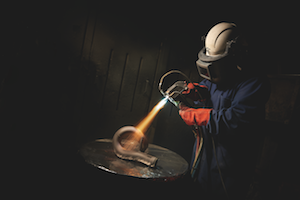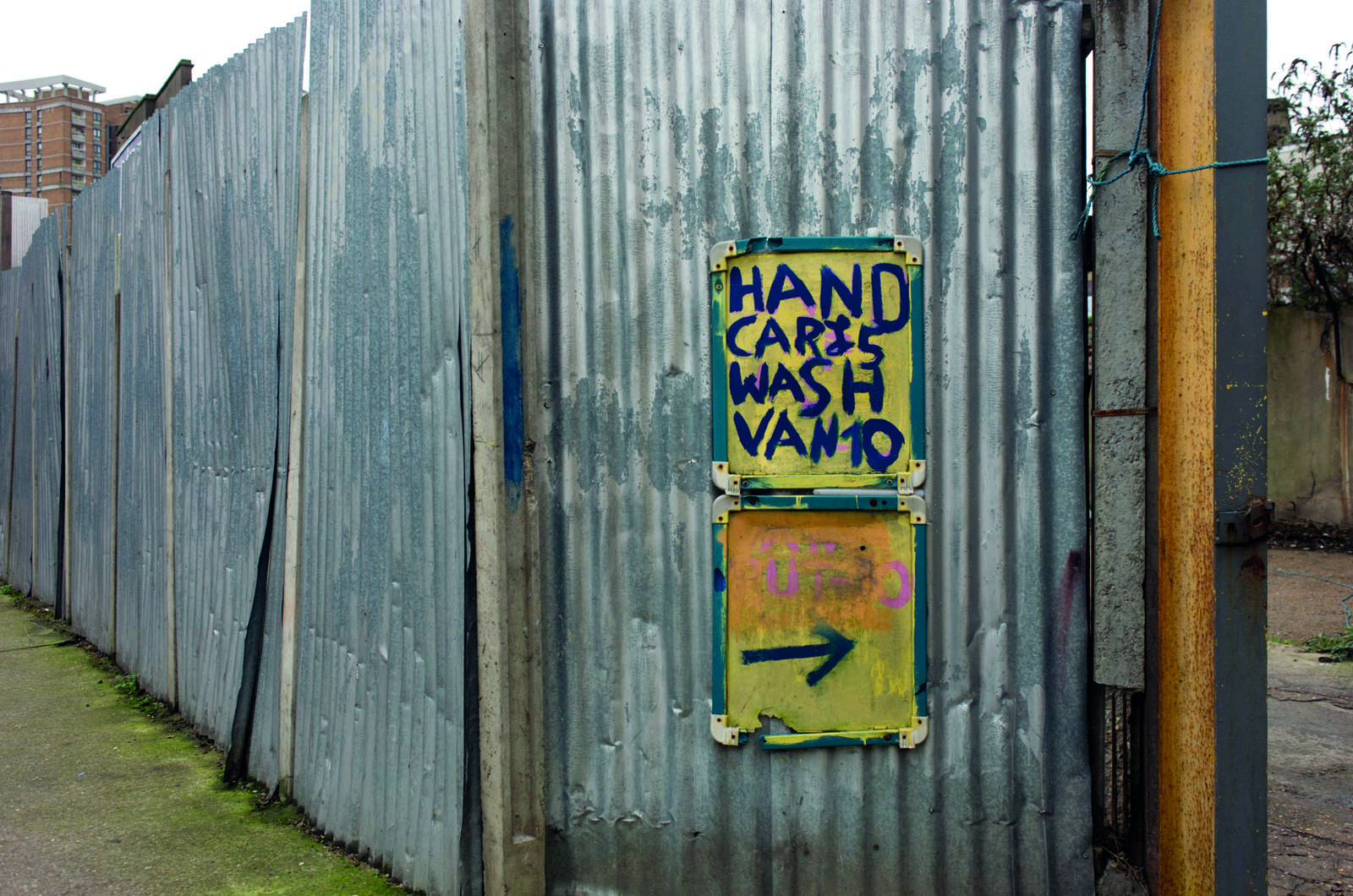
Oxford-based Zircotec’s ceramic heat shielding technology was first developed for the nuclear industry during the 1970’s when the manufacturer was still part of the UK Atomic Energy Authority. But after a management-buyout in 2008, the terms and conditions of becoming a Limited corporation meant the firm would have to relocate from its nuclear license site in Harwell and that’s what the team did, setting up an independent operation at their new digs in Abingdon seven years ago.
One of the employees that assisted with this buyout was Zircotec MD Terry Graham, who was keen to talk about the the firm’s latest multi-cloured offering Performance Colours. “Many aftermarket firms purchase these, because if they’re spending large amounts of money on modifying a vehicle and adding fittings to engine compartments, the coating will protect those extra features that they’ve installed”. He adds that the robust design eliminates the need for exhaust wraps. Although these components look pleasing enough, it’s the thermal barrier protection that is why people buy it as exhaust surface temperatures are reduced by a third.
PRODUCTION
The first thing you need to know when entering the facility is that you’ll not find the team with brushes and pots of emulsion to hand. Instead, expect high tech machinery and designated workstations designed for the electrolysis process right up to inspection and distribution. To facilitate this, the warehouse incorporates a masking lab, four grit blasters as well as three spray booths and several baking ovens for those colour specifications to set before ending up in Zircotec branded packaging.
Our first checkpoint was the delivery room filled with tailpipes, turbochargers and manifolds sent in from workshops and OEMs. Once the order is logged, it enters the masking lab next door where parts are carefully marked-up on customer request. Explaining the reasons for this, Graham said. “Customers don’t want coatings on certain parts such as the slip joints or serial number. This is because the coating has a certain thickness (0.3mm to be exact) so if we applied it on these parts, they wouldn’t fit together properly”.
The component then enters a grit blaster machine to smoothen its surface before ending up in one of three plasma spray booths where a metallic-based bond coating is applied for secure adhesion between the ceramic and substrate. Two hours after the operation, the product re-enters the booth so the ceramic coating can be ‘welded’ on. “With intense processes and temperatures, people ask us if we ever damage the pipe, and the answer is that we don’t”, Graham replied. “We are in effect ‘welding’ liquid metal or ceramic that we’re firing to the pipe. Each particle welds itself in place but doesn’t damage the pipe” adding that the spray gun melts the ceramic particles at 10,000°c and twice the speed of sound, which would explain the screeching noise coming from the booths.
For its Carbon Composite and Performance White coatings, Graham notes that parts coming in for this service will receive a similar setup in order to provide thermal protection for glass fibre, plastics and composite materials through its Thermohold formulation. Of course, working under any of
these intense conditions means staff are kitted out in the correct clothing, eye and ear protection before the finished article receives its final checks.
BRANCHING OUT
A new test facility is currently in its mock-up stage and will be completed later this year. As for the Performance Colour Range, the team are scratching the imagination with new and vibrant colours to replace some current ones in order to keep the line fresh and competitive.
In addition to this, the business has taken on some more projects from OEMs and has objectives to develop its exhaust coating portfolio and distribution networks overseas. “Our aim is to start testing out coatings in different arrangements and getting further improvements to the performance of them” Graham said. “Quite often are aftermarket customers don’t buy on performance so I’d like to obtain some more data and relay it back to them. We do quite a lot of work for these companies but there is still much more to be had” he concluded.











Go to comments